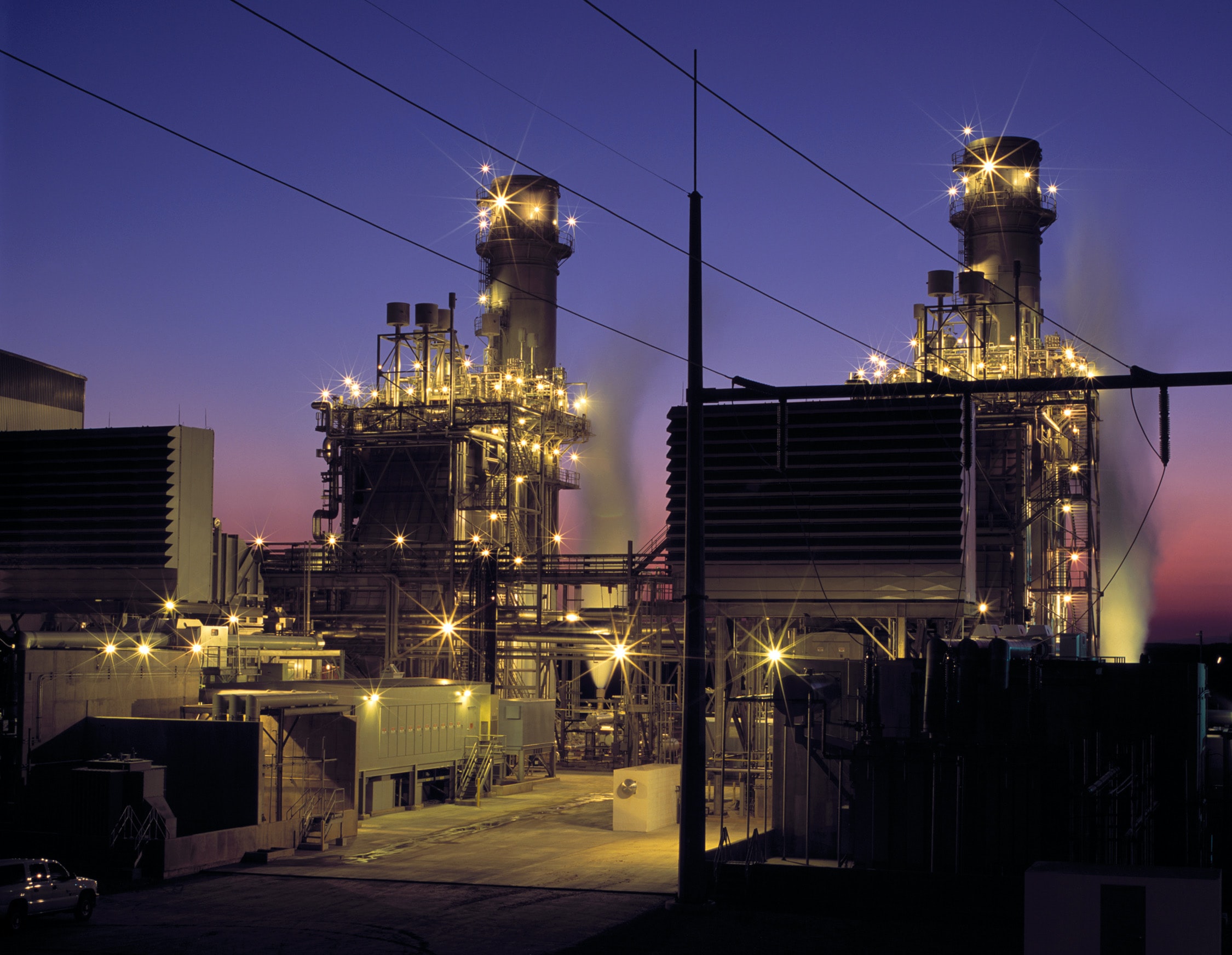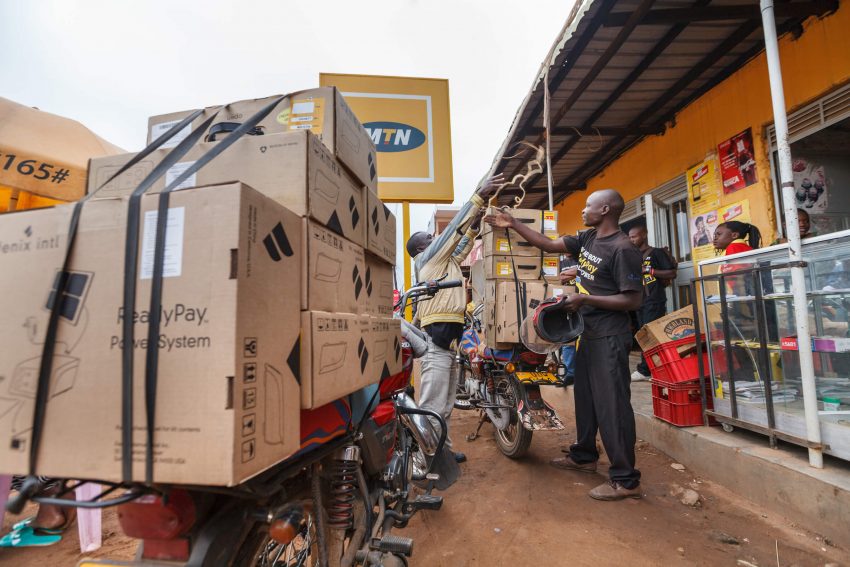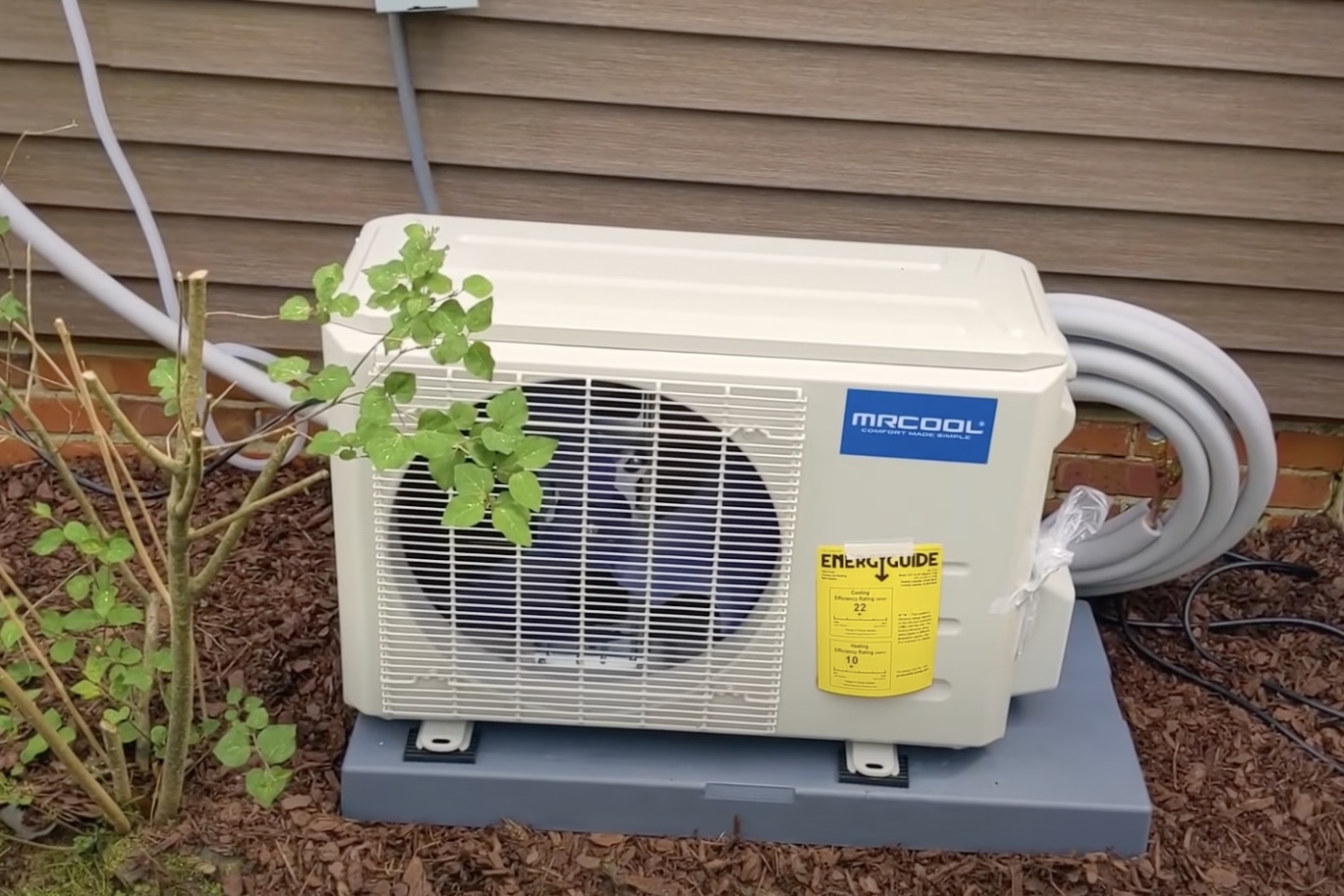
Mini Splits – also known as ductless air conditioners and heat pumps are ideal for homes, offices, RVs, boats, greenhouses, and data centers.
A simple system can efficiently heat and cool, even when the grid goes down or electric rates spike using three components. You can skip ahead here:
- Heat Pumps
- Batteries
- Solar Panels
Why Heat Pumps Are A Breakthrough For Off-Grid Heating and Cooling
Mini Split Heat Pumps are up to three times more efficient at heating and cooling than conventional boilers, baseboards, and air conditioners, and the technology has improved so much that they can be the only heat source even in cold climates.
If you were told heat pumps don’t work below zero, it’s time to get up to date.
-Off Grid Labs
Heat pumps work extraordinarily well with solar panels and batteries because they use variable inverters that don’t stress the system like conventional air conditioners. They require almost no maintenance, unlike thermal solar collectors and more complicated solar heating systems.
We’ve been working on off-grid heating and cooling for over a decade, and we have no problem declaring heat pumps with solar PV and batteries as the sensible choice for nearly every application.
At our Off Grid Labs in Wisconsin, we have been really impressed with how these systems put out in our off-grid cabin, shipping container, and grid-tied vacation rental. Our Data Loggers tracking report will be released in 2023, but we’ve already seen enough.
With additional insulation, two 110v mini splits were able to replace roughly 10,000 watts of baseboard heaters and three window AC units in an old farmhouse in Wisconsin. Better yet, we are saving about $800/year in utility bills and more resilient.
Here’s how you can achieve similar results.
Step 1: Insulate and Air Seal
We won’t go into detail, but the best bang for your buck is almost always to reduce your heating and cooling load through basic weatherization like maximizing insulation, caulking, spray foaming, and possibly replacing windows and doors.
However, it is a myth that heat pumps only work on high performing houses. Heat pumps can work great on old, leaky homes and buildings as well – you just need a larger system. When you are building a system that can heat and cool your house during a blackout, that means you will need a large battery bank and solar array in addition to the larger Heat Pump.
Weatherizing your project will also make the heat pump a better dehumidifier. This removes moisture in the air, making the space more comfortable and less hospitable to mold.
Additionally, the smallest heat pumps usually are the most efficient, for whatever reason. By lowering your load you may be gaining additional efficiency by using a smaller heat pump, so your savings keep multiplying after the instal.
Step 2 – Design Your Off Grid Heat Pump System
In order to heat and cool your home when the grid fails, you need three things. A power source, a battery bank, and a heat pump.
You can also decide if you want to connect the system to the grid, but for DIY installations we recommend keeping it as a separate system. Note: an off grid system can still charge its batteries using grid power when it’s available.
Best Heat Pump For Off Grid and DIY Solar Applications
Installing your own heat pump is intimidating, as they typically require refrigeration skills like vacuuming and pressurizing lines. Most Heat Pump manufacturers will void the warranty if it’s not installed by both a licensed HVAC professional and a licensed electrician.
However, pressurized lines have really changed everything. MRCOOL has created a system that comes precharged with refrigerant that doesn’t require specialized tools and HVAC skills (unless you mess up the installation, like we did the first time).
We first installed a 110v system that can be purchased on Amazon for about $1,600 USD.
Note: For heating, cooling, and dehumidification of indoor air, the type you are looking for is an ‘Air to Air Heat Pump’.
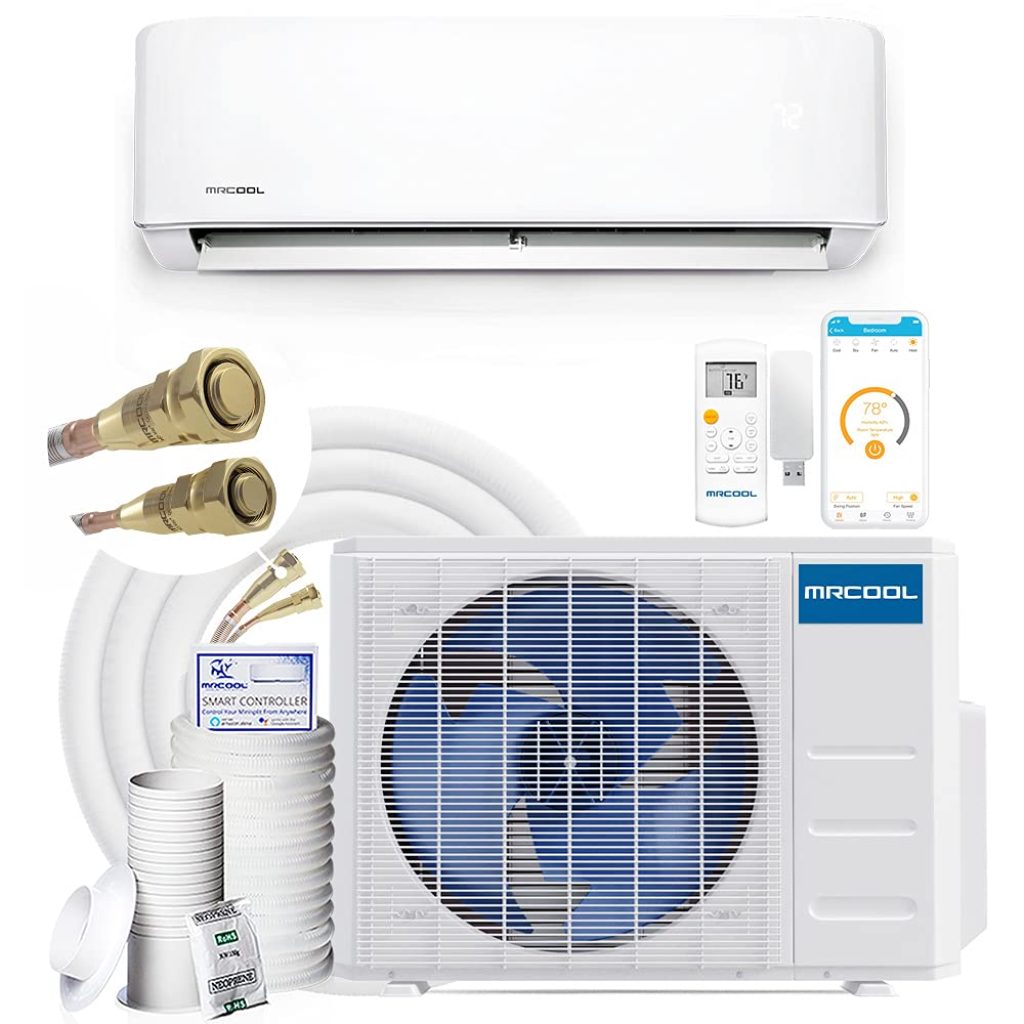
Best DIY Friendly Heat Pump That Works With Solar Panels
Mr Cool 12k – 36k DIY System
- Starting under $2k
- 22 Seer = Very Efficient
- Easiest heat pump to install DIY
- Works in cold temperatures
- Best App of any heat pump, comes with WIFI capabilities
- Variable Drive means it works great with solar and battery systems.
- 110v Option Great For Efficient Homes and Small Spaces (oversizing is bad).
In our experience, MRCOOL was awesome. We snapped a pressurized line during our first installation (totally our fault) and they sent us a replacement right away.
Like every other company, they do not officially promote DIY installations, and installing it yourself might void the warranty. That said, they have a system that eliminates the need for HVAC skills like vacuuming the lines, pressure testing, and charging with refrigerant that you can’t buy without a license.
This is a good company with DIY friendly heat pumps that pair well with solar panels and batteries, even if they don’t promote themselves as DIY friendly for liability reasons.
Remarkably, their 12k heat pump cools our 1800 square foot farmhouse, even though it’s suggested for 500 square feet.
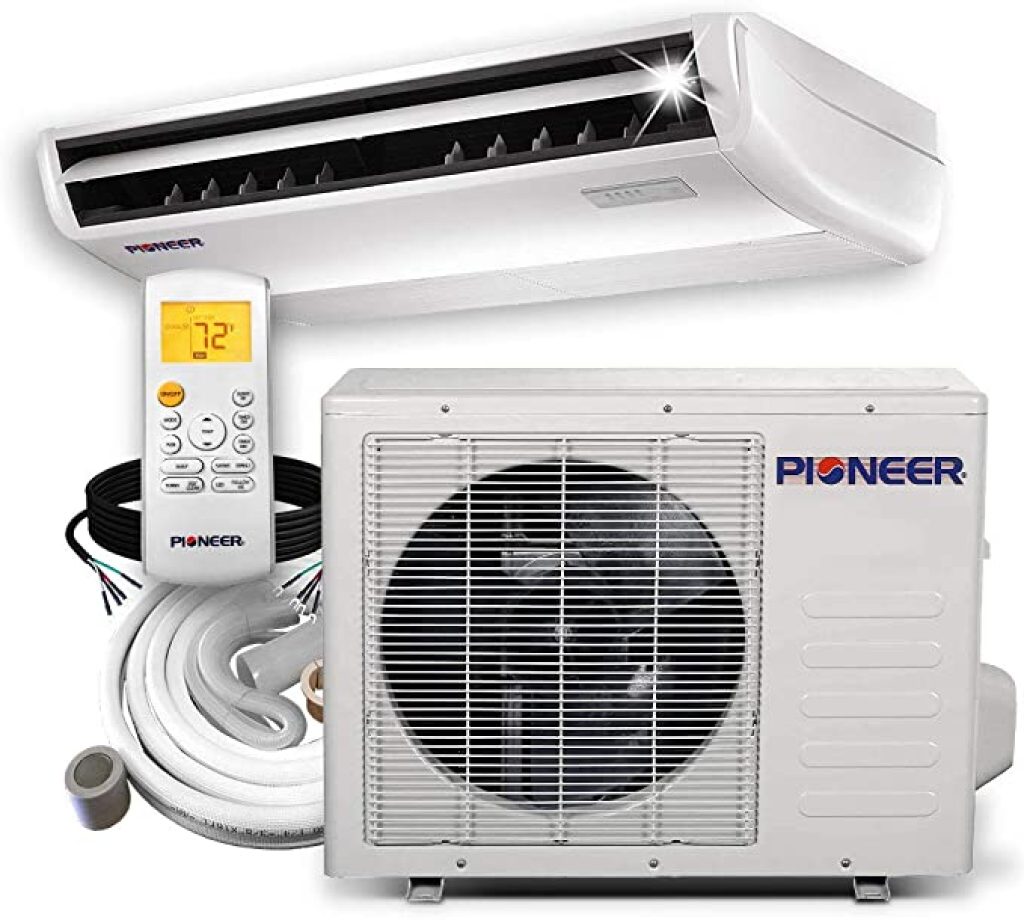
Best Heat Pump For RVs, Vans, and Other Ceiling Installations
Pioneer Heat Pump
- Starting under $2k
- 20 SEER
- Variable Drive makes it off-grid ready
We’ve tested a lot of van life options for off-grid exhaust fans, batteries, and solar. After seeing what these Pioneer heat pumps are capable of we will strongly consider skipping the exhaust fan and installing a heat pump on the ceiling instead.
The problem with exhaust fans in vans, RVs, and Boats is you are pulling in the same volume of untreated outdoor air. Sometimes the outdoor air is even more humid, or almost as hot or cold.
Exhaust fans cannot be counted on for indoor conditioning, and only a heat pump can provide everything you need: heat, cooling, dehumidification, etc. In small spaces you can simply open a window if you are cooking or need to release some unwanted air – no need for a fan.
That said, the pioneer is the best choice for a ceiling-installed heat pump we’re aware of.
That said, it is slightly less efficient than the MrCool unit (22 SEER vs 20 SEER). Most importantly, Pioneer does not offer a heat pump smaller than 18 BTU, while MrCool has a 12 BTU unit. This is important because an 18 BTU is oversized for most vans and RVs.
If you can find a way to install the MrCool high on the wall of a van, it will be a better choice. An oversized heat pump is not as efficient, and will not remove nearly as much humidity.
Designing a Battery System For Solar Heat Pumps
It’s tempting to build a system with a DC heat pump when the solar panels and batteries are use DC. However, it adds the the cost, complexity, and most importantly the optionality of the system.
Solar panels are inexpensive enough that the gained efficiency of using a direct DC mini split can be offset with a few extra solar panels.
Using an AC heat pump lets you use any manufacture, instead of the only brand offering DC heat pumps on eBay.
This is important because AC heat pumps are getting rapidly better, while the DC heat pumps do not have the same R&D and economies of scale.
So a battery system with an inverter is going to be required to run your heat pump system and offer maximum flexibility. Depending on your heat pump, you will either need a 120v or 240v inverter. The simplest options are going to be battery packs with built in inverters, and the Renogy Lycan Power Station is the gold standard for a simple off grid heat pump.
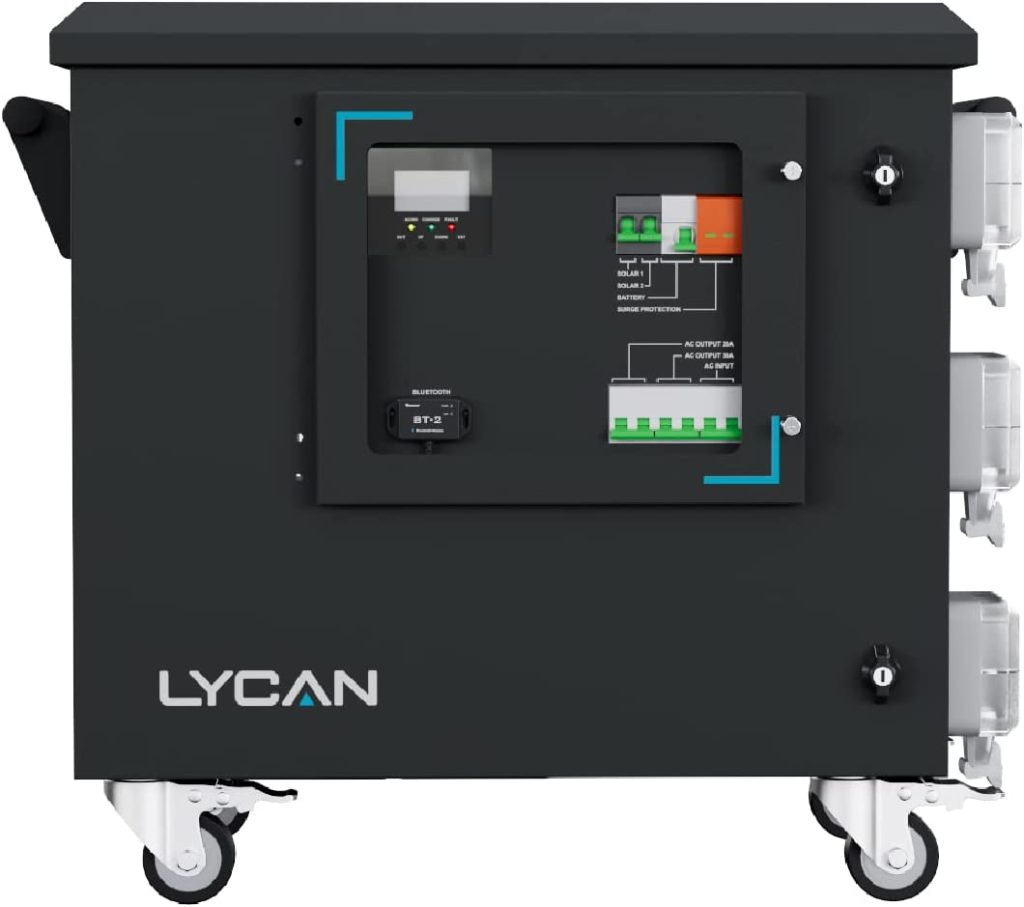
Best Solar Heat Pump Battery
The Renogy Lycan is perfect for Small 120v Heat Pumps
- Expandable up to 19.2 kWh
- Fully charged in 1.3 hrs when connected to solar and grid
- Pure sign wave inverter with built in safety protections will keep your heat pump safe
- Can be charged with 4400 watts of solar panels and 2400 watts of grid power simultaneously (a big deal) for a rapid charge.
The Lycan can be connected to your home breaker where you can choose up to 5 circuits to power with the batteries. The solar panels will charge the batteries or your heat pump directly, so you shouldn’t need a costly permit.
This system does not need net metering to be cost effective, and will keep your critical loads operating during a blackout automatically with 24/7 uninterrupted power.
The Lycan accepts 60VDC-125VDC solar panels and a 20 amp breaker from the grid or a generator simultaneously. This will keep your 12 BTU heat pump operating 24/7, and for over 12 hours without any power coming in from the grid or solar panels.


